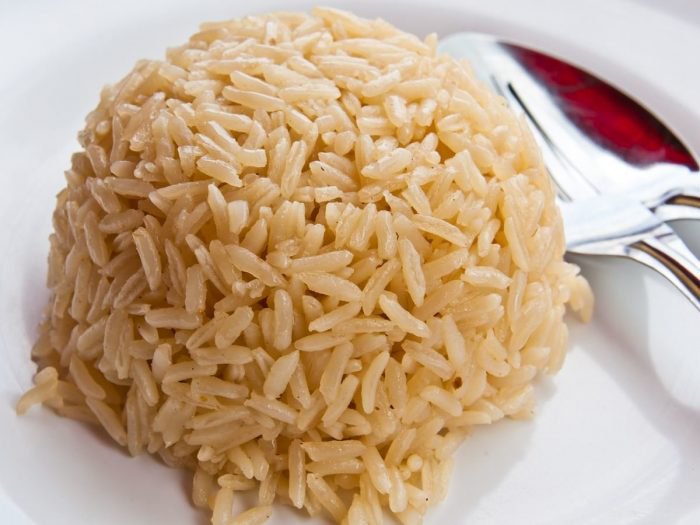The majority of people’s staple food is rice, and it’s easy to see why.
When it comes to food planning, women are notoriously prone to errors.
The rice arrangement makes use of harmful components.
There are two ingredients on our list that should never be included in any rice dish.
Synthetically created color Synthetic food dyes have been related to hyperactivity, especially ADHD.
Every year, the food industry adds around 15 million pounds of synthetic food colors to our food supply.
An increase in ADHD or hyperactivity in youngsters has been linked to a rise in the use of unnatural colors.

Children’s hyperactivity and behavioral problems have been linked to the use of fake nutrition colors.
There has been a boycott call from the Center for Science in Open Intrigued to the FDA.
The majority of foods using artificial food colours are highly processed, lacking in natural nutrients, and heavy in calories and added sugars, making them unhealthy.
The cancer-causing, immune-disrupting, and hypersensitivity-inducing effects that food dyes have been related to reinforce the notion that they are harmful to human health.
2. Sweetener that isn’t natural.
Those who ate sugar or cellulose as a placebo for six months saw no significant difference in weight change between overweight and incline persons who ate fake sweeteners.
As a consequence of underlying physiological components, artificial sweeteners may have a broader influence on weight gain and loss than natural sugars.
When compared to sugar or water, aspartame had no effect on weight or T2DM in those with these conditions (34).
The effects of acesulfame-k and saccharin may still be questioned because there is no consistent proof and no meta-examinations.
Moderate use of aspartame, sucralose, stevioside, and acesulfame-K during pregnancy has been determined to be safe.
If you or your spouse suffer from phenylketonuria, you should avoid aspartame.
In the United States, cyclamate, a sweetener that has been linked to cancer, has been outlawed.

 Business1 week ago
Business1 week ago
 Latest3 days ago
Latest3 days ago
 Business1 week ago
Business1 week ago
 Business1 week ago
Business1 week ago
 Latest1 day ago
Latest1 day ago
 Politics1 week ago
Politics1 week ago
 Latest4 days ago
Latest4 days ago
 Latest2 days ago
Latest2 days ago

